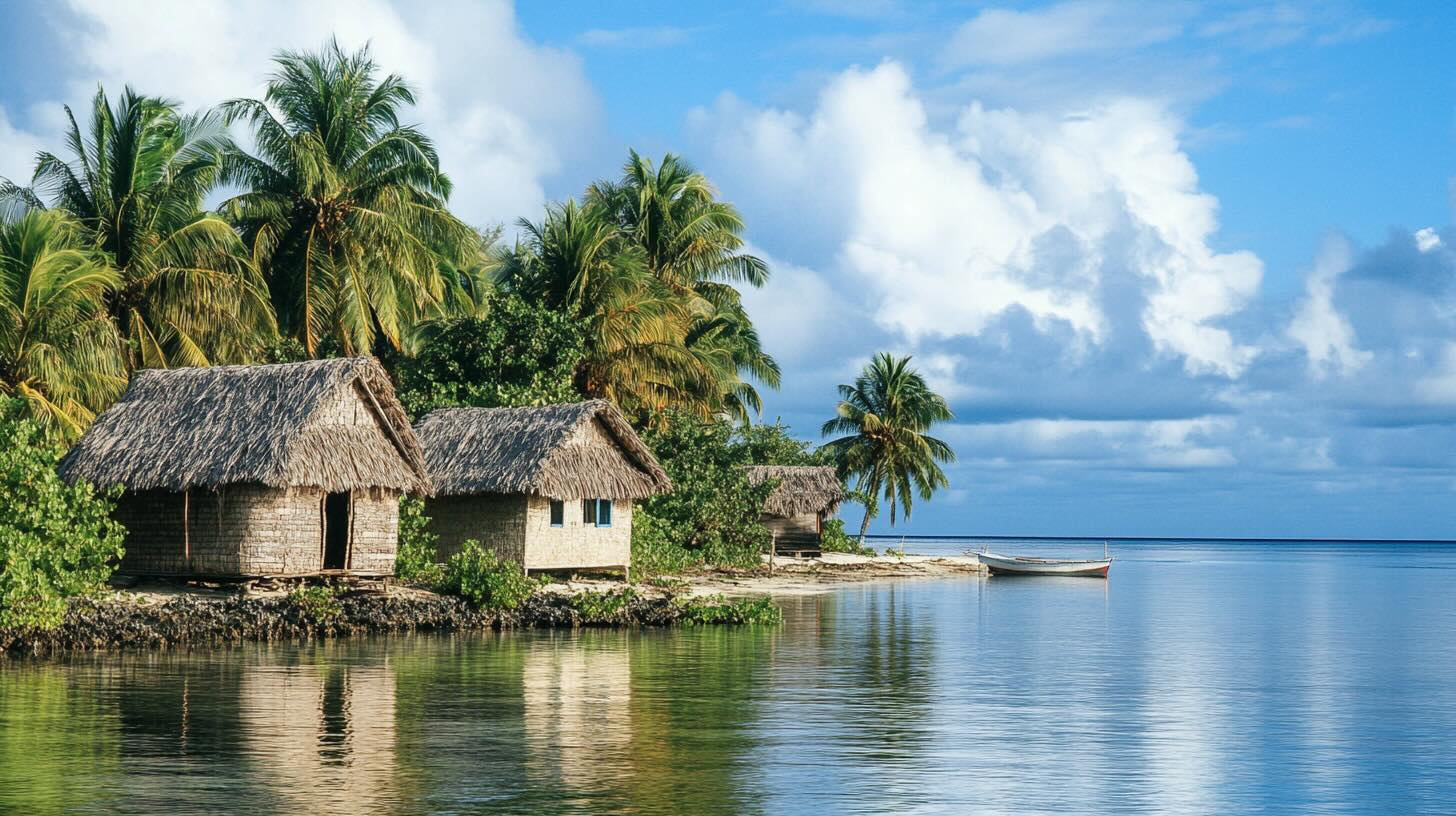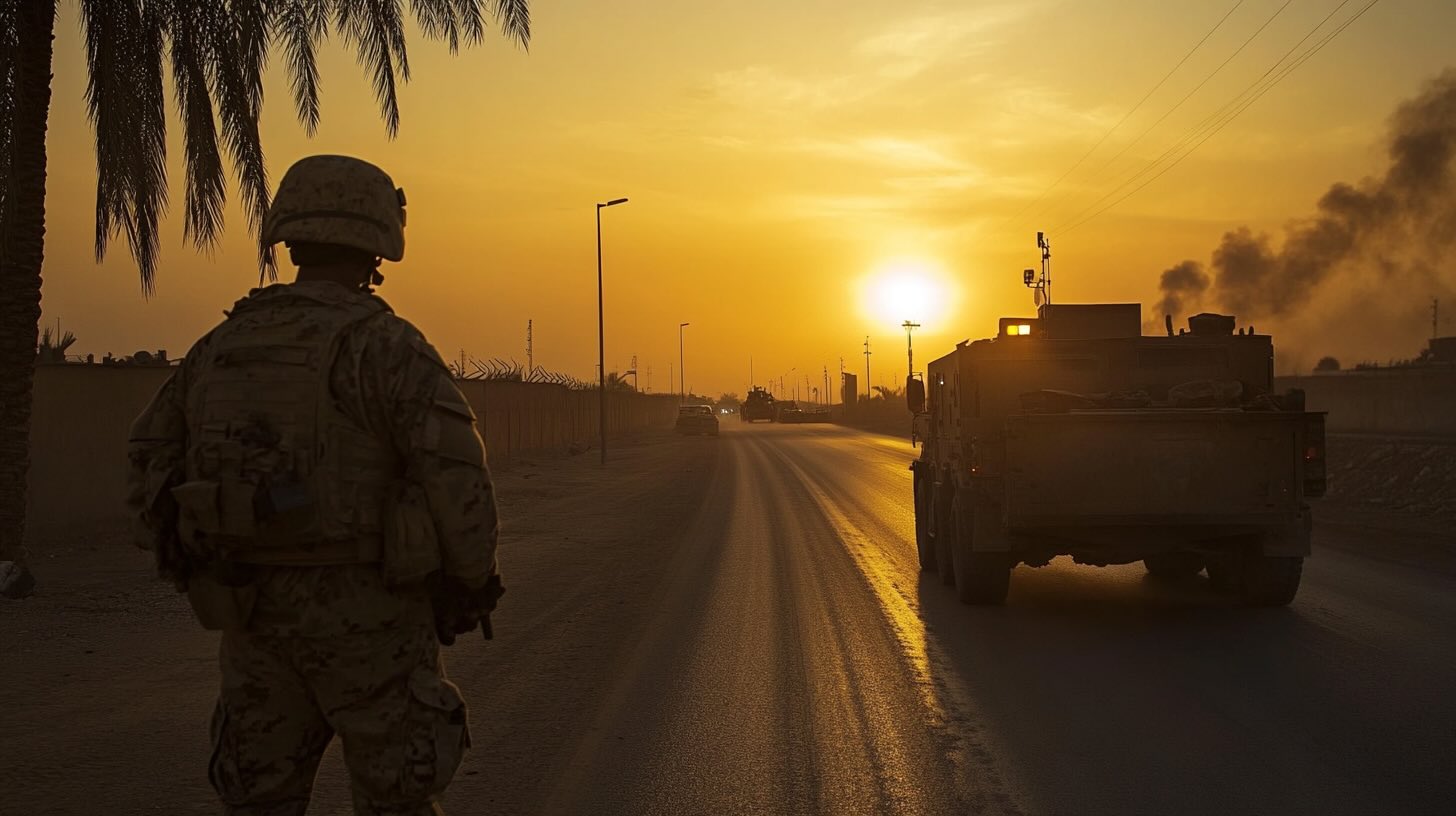
High-Speed Himalayas: Inside Nepal’s Race to Connect Every Peak and Village
Nepal’s mobile market is led by Nepal Telecom with about 57% share, Ncell around 36%, and Smart Telecom about 6%. WorldLink Communications is the largest fixed broadband ISP with 972,781 subscribers as of 2024, roughly 30% of Nepal’s fixed broadband connections. FTTH subscribers surpassed 2.5 million in January 2023 and reached about 2.89 million by late 2024, with home plans typically 20 Mbps to 100–300 Mbps and premium options up to 600 Mbps or 1 Gbps. 4G coverage reached about 88% of the population by 2023, with Nepal Telecom reporting 11.5 million 4G users and total mobile broadband subscriptions around










